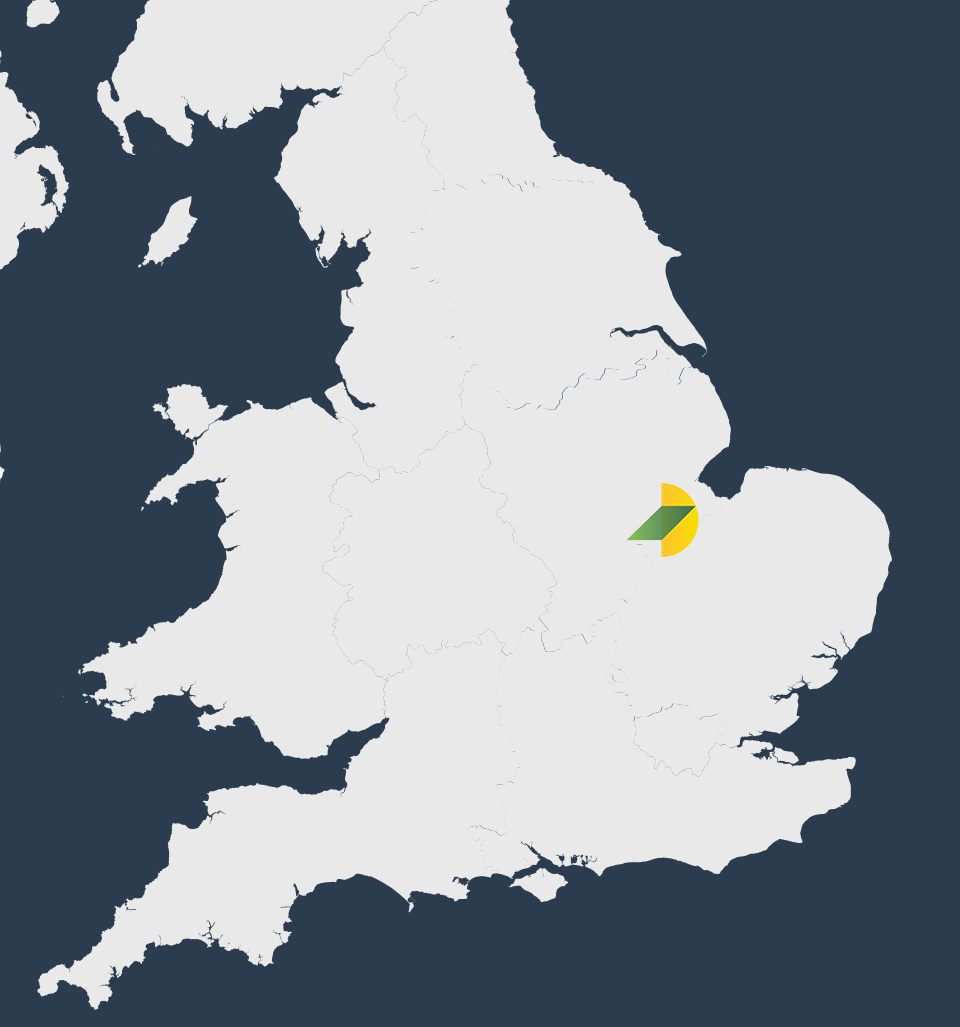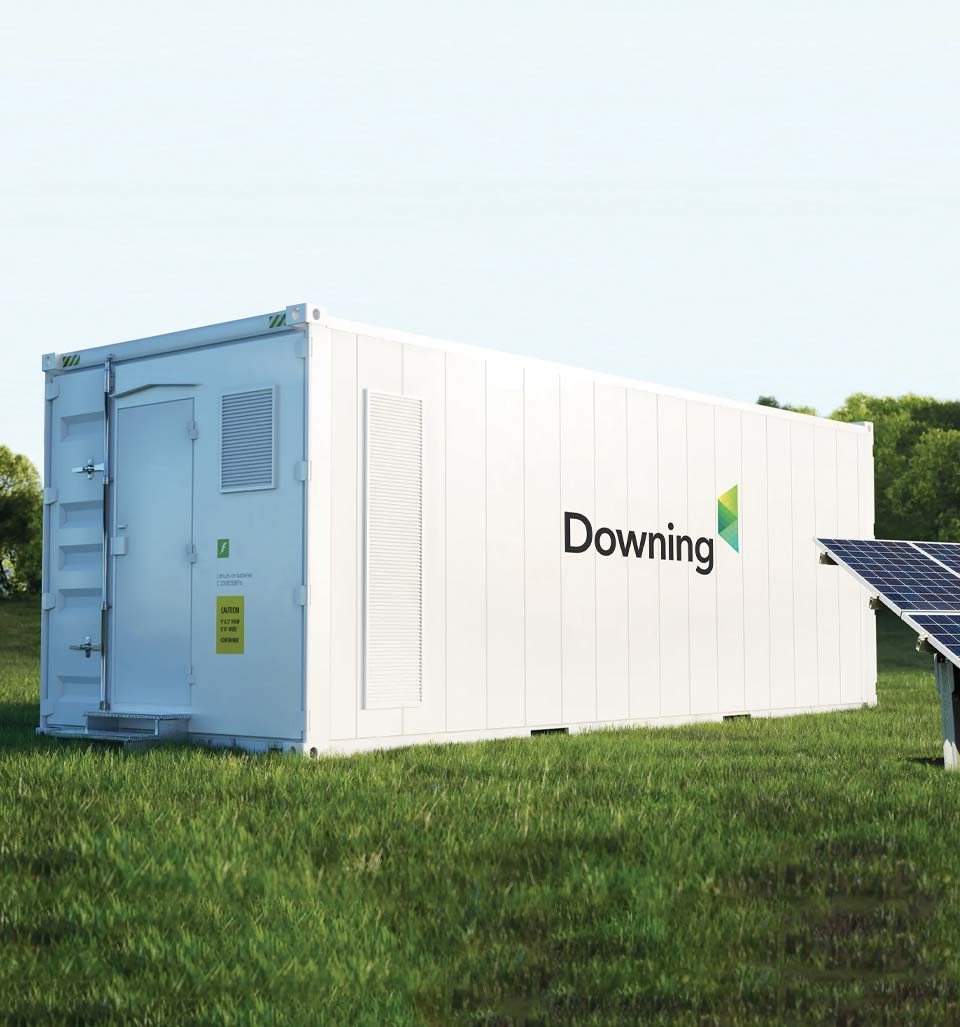Introduction
What is Meridian Solar Farm?
Meridian Solar is a proposed solar farm south of Spalding and Holbeach which would supply around 750 Megawatts (MW) of electricity. The proposal also includes associated infrastructure such as co-located battery storage, and an approximate 12km Grid Connection to National Grid’s planned Weston Marsh substation east of Spalding.

215,000
750
900

Why is Meridian Solar Farm needed?
To achieve the UK Government’s commitment to ‘net-zero’ carbon emissions by 2050, projects such as Meridian Solar Farm are needed to help provide cleaner sources of energy. If approved, Meridian Solar Farm would make a significant contribution to energy security in the U.K. providing energy to up to 215,000 homes.
The energy transition will see older forms of generation, such as fossil fuel power stations, phased out and there is an urgent need for cleaner forms of generation to replace them. Solar farms such as Meridian will play a key role in meeting this need and accelerating the countries transition to net-zero.
With the co-location of a Battery Energy Storage System (BESS), Meridian will be able to provide ancillary services to help stabilise the local and national grid network. The addition of the BESS will also allow Meridian to efficiently use the solar energy, storing surplus energy at points of low demand, releasing it when needed.

Capacity
We have secured a grid connection agreement which would allow us to import and export over 50MW of electricity to the National Grid. The generation capacity of the scheme means it is a Nationally Significant Infrastructure Project (NSIP) and we will be required to submit a Development Consent Order (DCO) application.
DCO applications are managed by the Planning Inspectorate (PINS) on behalf of the Secretary of State for energy security and net zero. You can find out more about the planning process for Nationally Significant Infrastructure Projects on the PINS website: https://infrastructure.planninginspectorate.gov.uk/

Step one

Step Two

